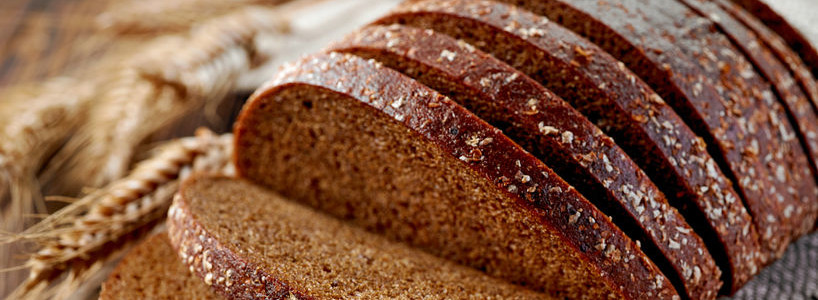
What’s the difference? It’s all in the milling! It depends on the amount of bran left in the rye flour after processing. The more bran, the darker the flour. However, more than the color changes. Darker rye will have more nutrients from the bran. It will also have a slightly harder time with gluten formation.
What’s different about baking with this flour?
- Flavor: rye flours impart a distinct rich, slightly sour taste—especially when used in sourdough!
- Nutrition: due to the higher amount of bran, it has more dietary fiber and amino acids than wheat flour.
- Water absorption: this flour absorbs twice the amount of water of wheat flour.
- Pentosans: it contains the highest levels of all cereal grains.
- Texture: this flour creates a softer, moisture texture that helps with shelf life.
But do you usually bake with only rye flour?
Not normally. Many formulas call for a 50-50 blend of rye and wheat flour to help with gluten formation. Or, it’s added to help supplement flavor. In North America, rye bread typically contains about 20% rye flour in the formula (with a high percentage of wheat flour) to impart additional flavor and to add color. In Europe, it is more common to see bread loaves made from 100% rye.
Nutritional Information:
- Protein: 13%
- Carbohydrates: 80%
- Fats: 7%
- In the intermediate range of the Glycemic Index (rank of 56-69).

